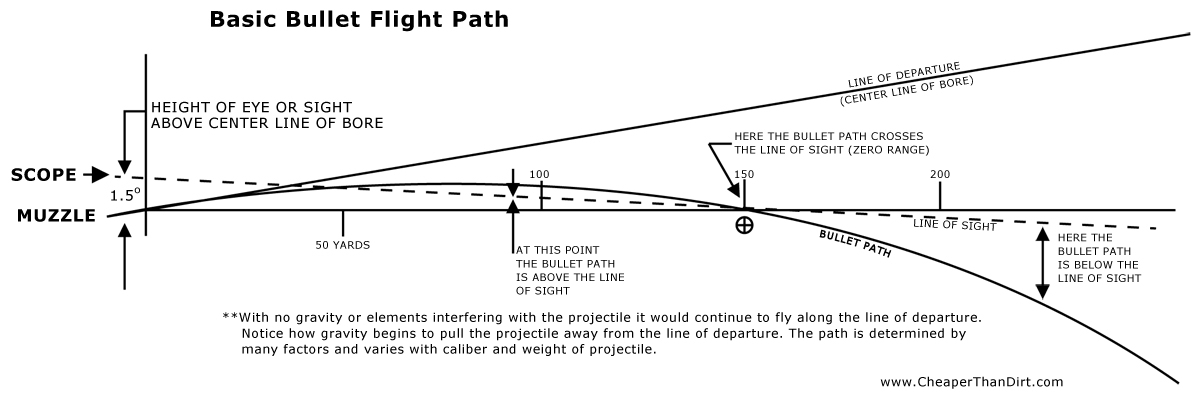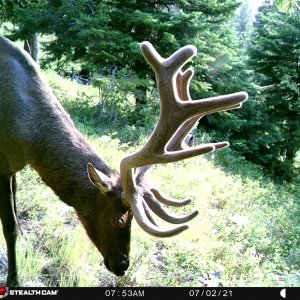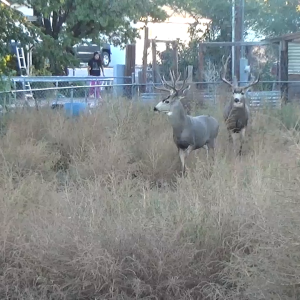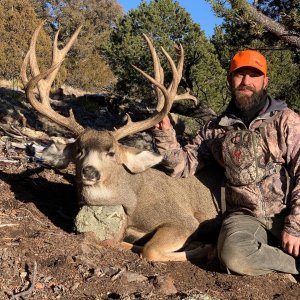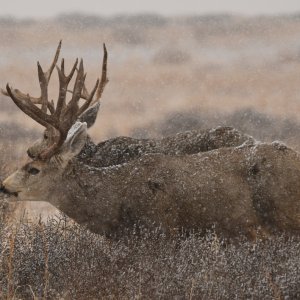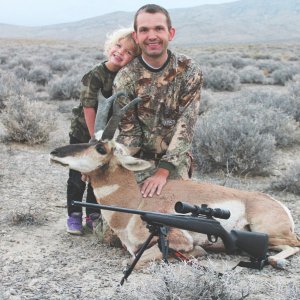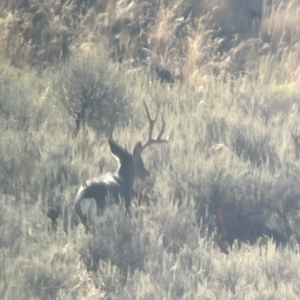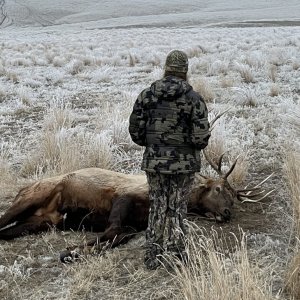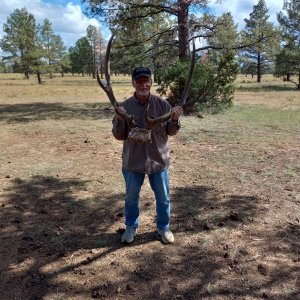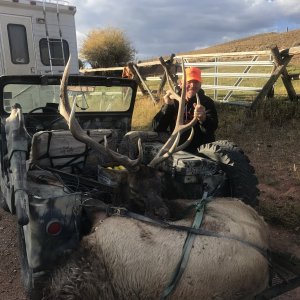DonVathome
Very Active Member
- Messages
- 1,716
I cannot explain this. 100 yards I am 2.5" high and 200 yards I am 3" high. Same gun, same bullets same day switched back and forth twice (100 then 200, back to 100 then 200 yards). How? Tikka 300 win mag, got a new muzzle break - first time shooting after it was installed. Remington corlokt bullets.

